From hospital to university library
The hospital
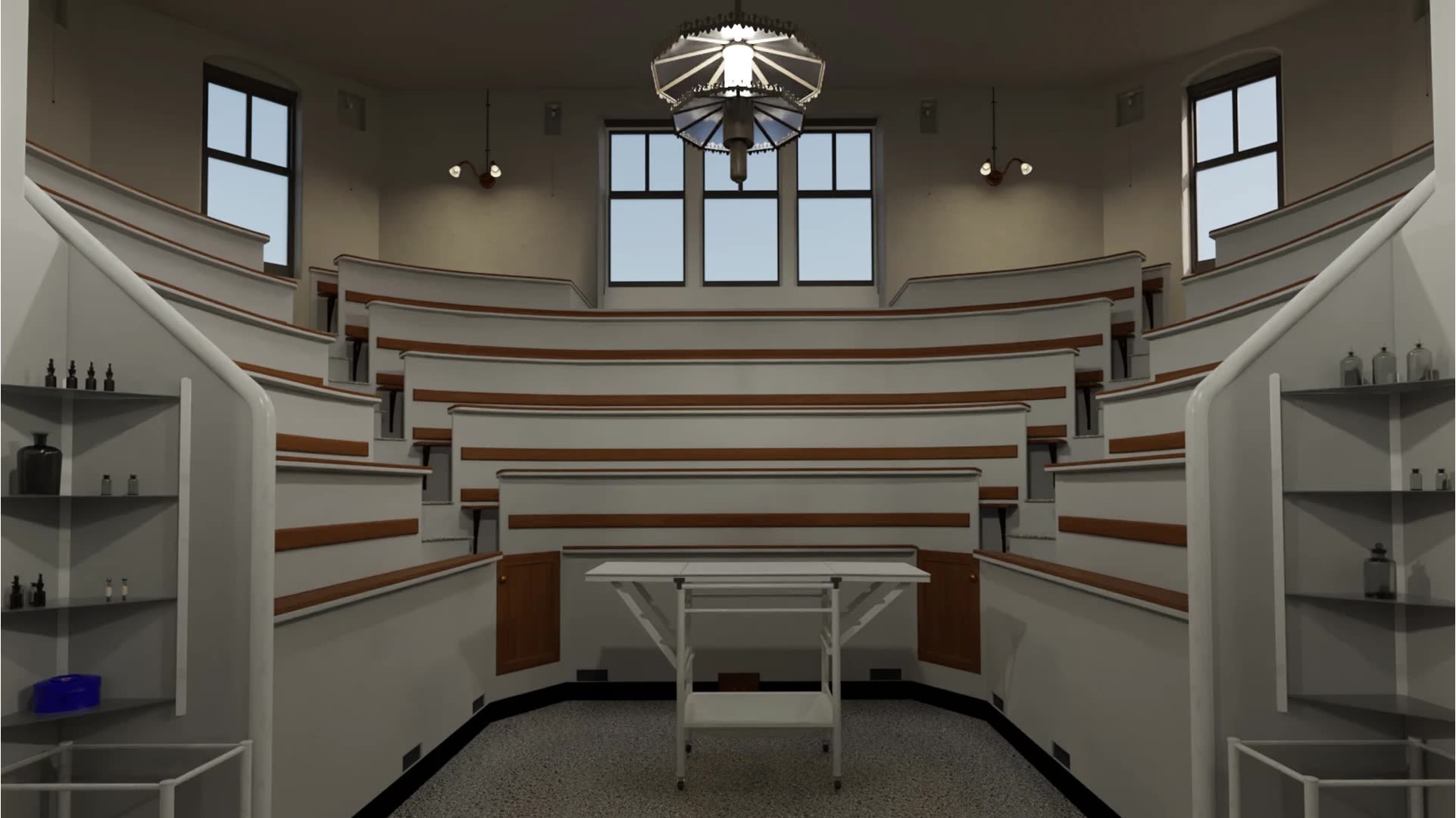
Otto Lanz
The building on Vendelstraat is known as the Second Surgical Clinic. In the former operating room and lecture hall of this clinic once hung an impressive portrait of the famous surgeon Otto Lanz (1865–1935).
Otto Lanz worked from 1902 until his death as a professor of surgery at the Binnengasthuis. Lanz was internationally renowned for his thyroid and appendectomy surgeries, and he was a passionate collector of Italian art.
The portrait, in which Lanz was portrayed by contemporaries as having the face of a "weathered mountain guide," was drawn in 1927 by artist Jan Toorop.
Otto Lanz and Jacob Rotgans
Otto Lanz and Jacob Rotgans
Otto Lanz was referred to by himself and his contemporaries as “the finest art connoisseur among surgeons and the finest surgeon among art connoisseurs.”
It is remarkable that the portrait of Otto Lanz hung in the lecture hall of the Second Surgical Clinic. A heated conflict between Jacob Rotgans and Otto Lanz led to the establishment of the Second Surgical Clinic in 1897. This was the domain of Rotgans, while Lanz continued working from the First Surgical Clinic, also on the Binnengasthuis premises. A striking detail is that Otto Lanz never set foot in the Second Surgical Clinic.
In 1901, Jacob Rotgans opened a modern operating theater with spectator stands in the Second Surgical Clinic. This space later became used for surgery lectures. The spectacularly renovated hall is now called the Surgical Theatre.
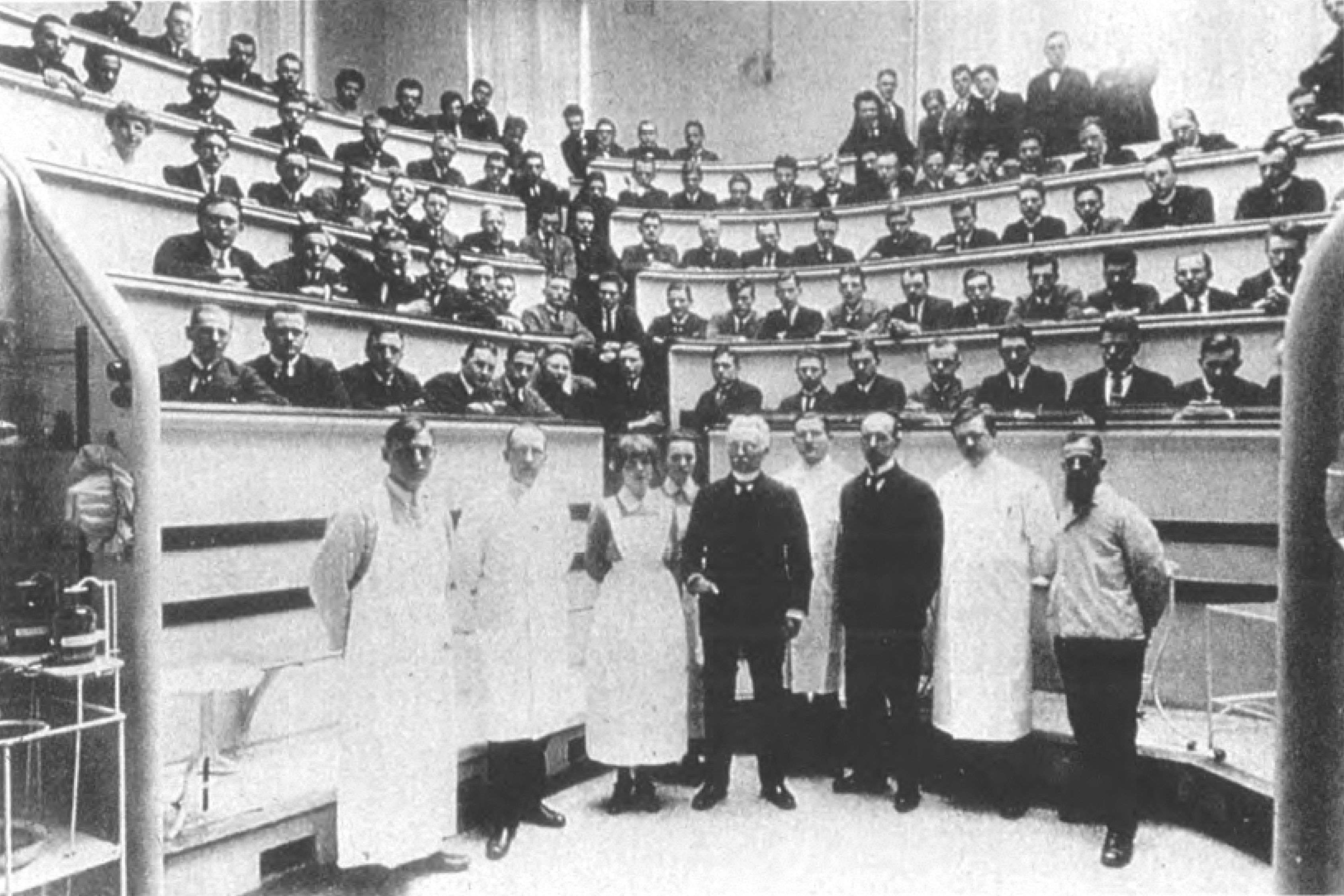
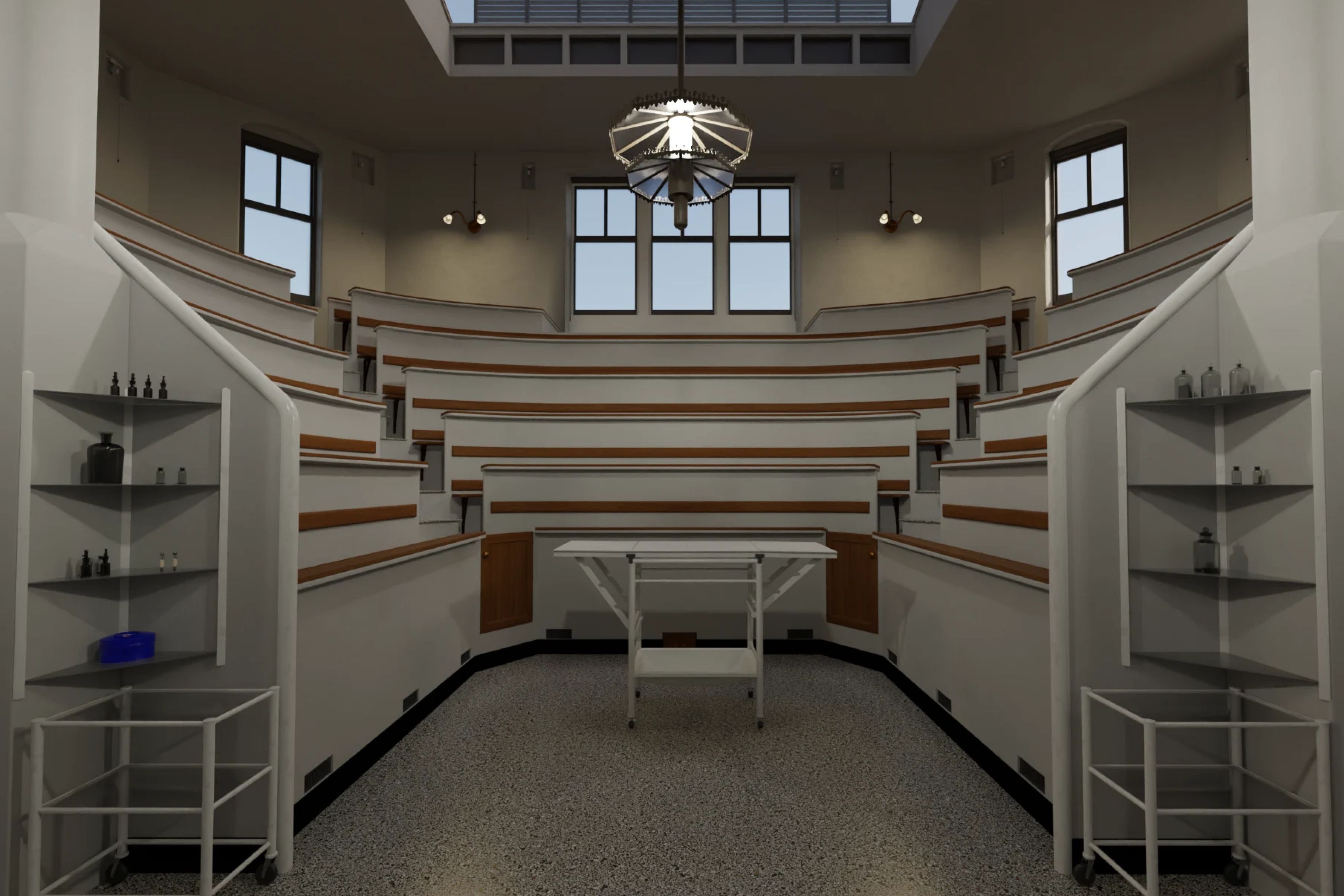
Emergency Room
Until 1981, the Emergency Post of the Binnengasthuis was located next to the main entrance of the university library. It was the 24/7 walk-in location for people in acute need in central Amsterdam and the Red Light District. People arrived on foot, by taxi, or by ambulance.
Former trauma surgeon
“The inner city was a rough neighbourhood with many stabbings. In the ER, they used to say a man once walked in with the knife still in his back.”
Ernst Raaymakers
Bron
Bron
The ER waiting room was filled with locals, students, tourists, bar brawlers, and confused homeless individuals. Behind it was the treatment room, separated only by a sliding door.
Emeritus professor of psychiaty
“In 1969 I visited the ER with an ingrown toenail. Long wait. No movement in the waiting room until a nurse placed a wooden base with a metal pin and numbered tickets. Everyone jumped up for a number—disabled or not. I felt completely at the mercy of randomness.”
Berthold Gersons
A unique diary and film remain from the Emergency Post. In 1978 and 1979, director Ulco Janssen documented the lively, colorful, and sometimes gritty scenes.
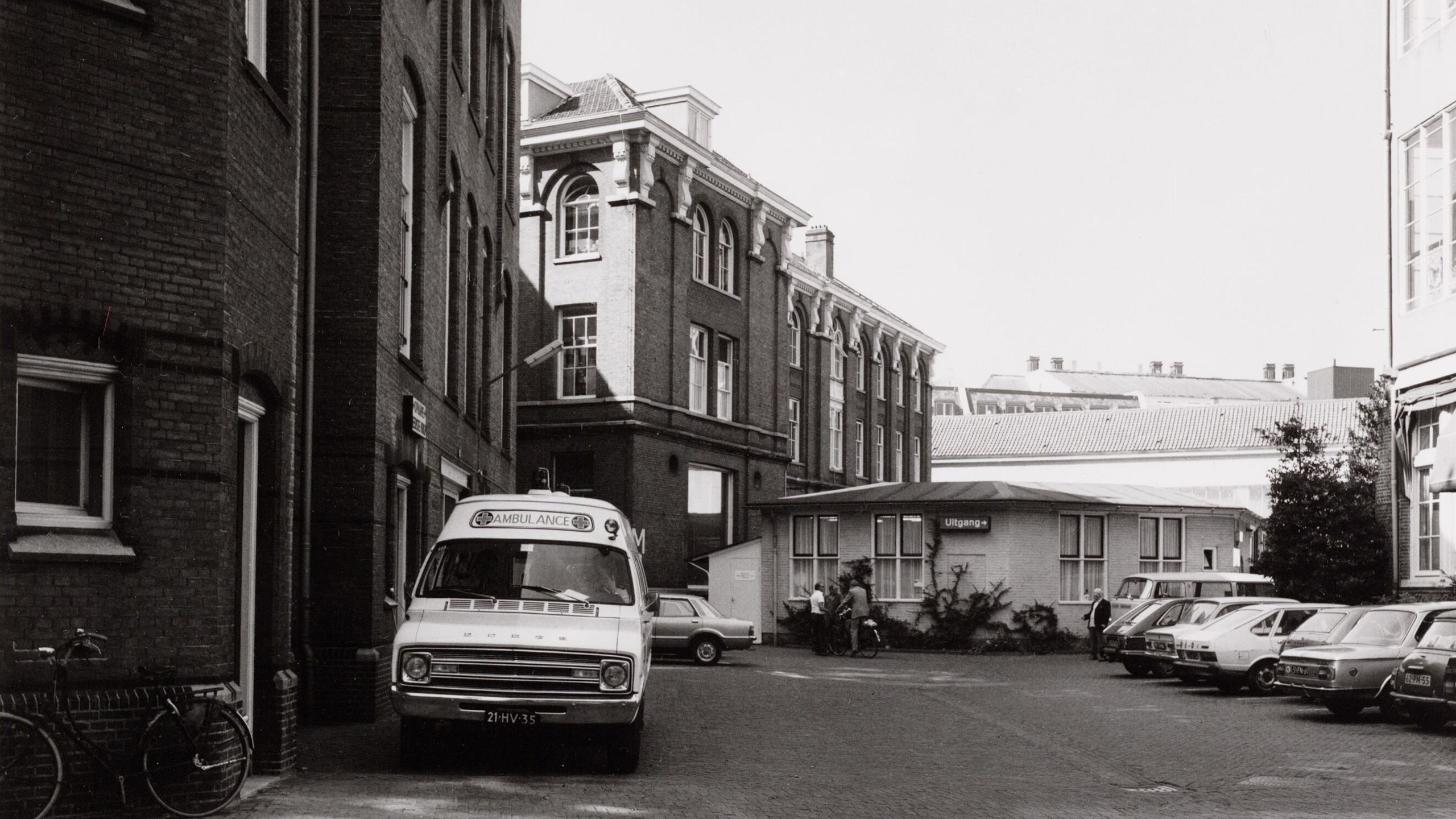
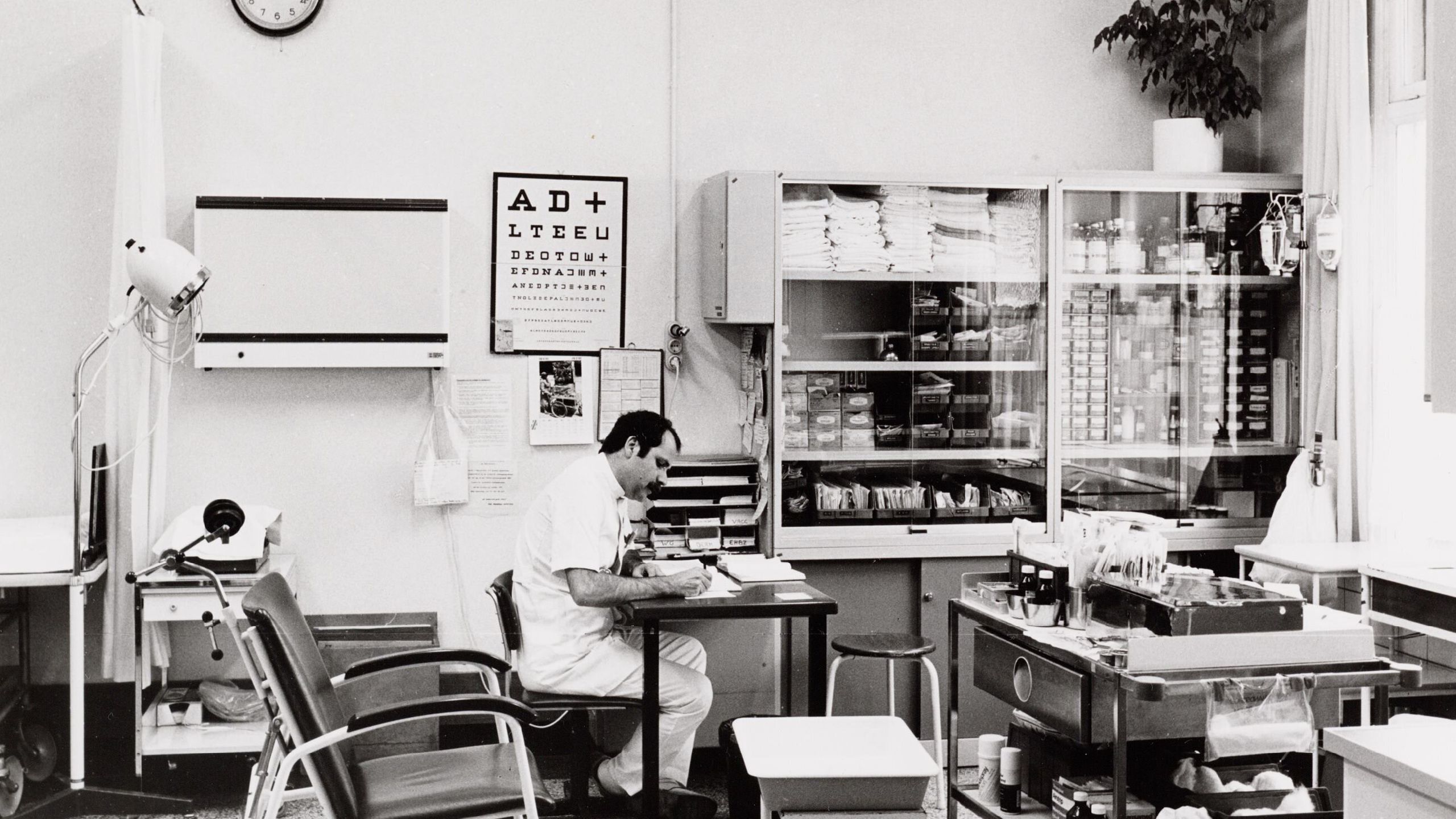
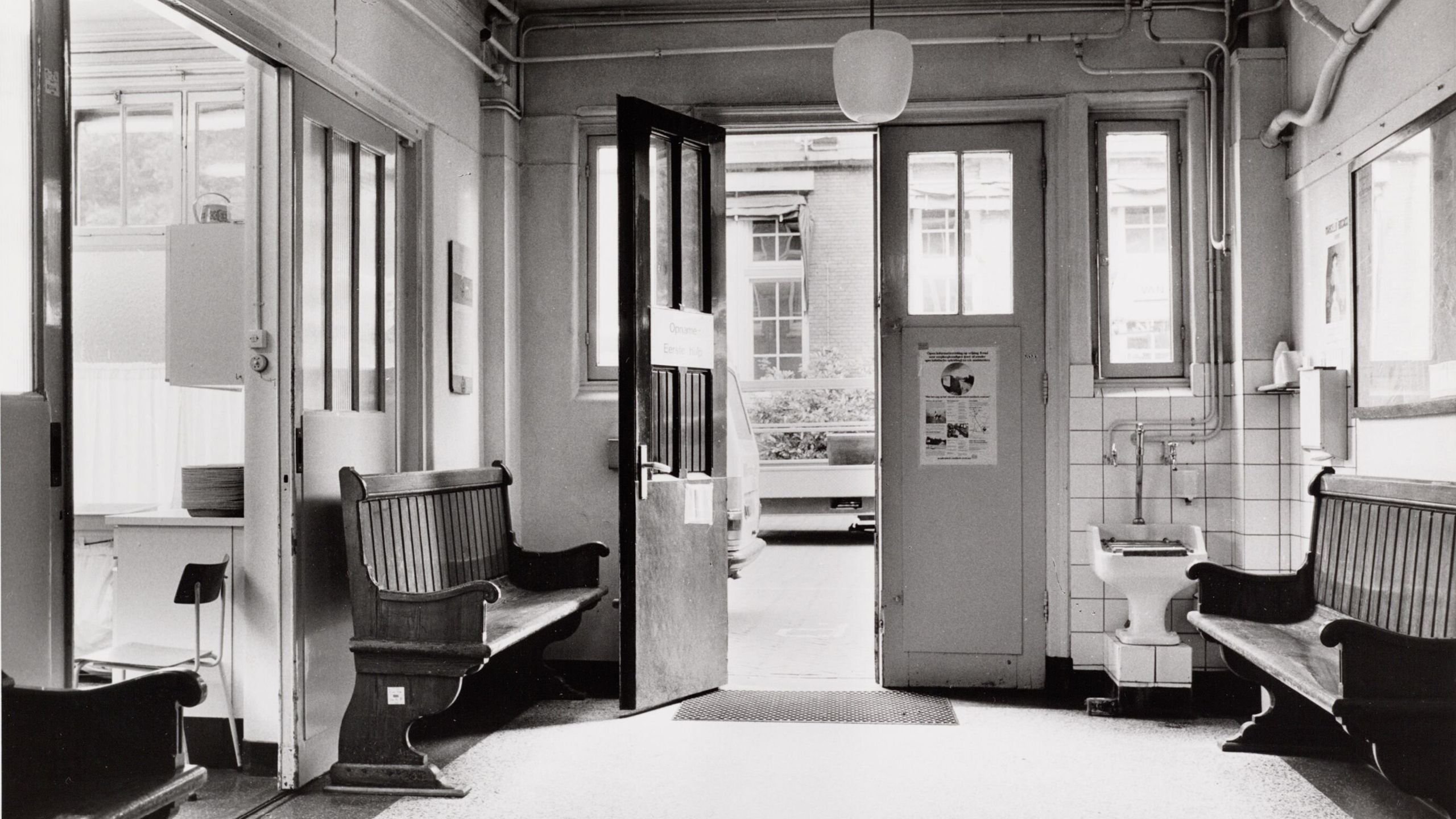
Diary Excerpt – Thursday night, February 16/17, 1978, 4:45 AM:
The Public Health Service (GGD) found a woman of ill repute on the street—had a few too many—lost her shoes and bag—tiny chin wound—wanted to go home—collapsed again when standing up—was put on a stretcher to sleep in the storage room.
Diary Excerpt - 3:30 AM:
A drunk man (overweight) was brought in comatose by GGD—fell off the stretcher during blood pressure check after attempting to hit the nurse—is now lying on the ground making a racket—completely incoherent.
Diary Excerpt - 4:05 AM:
The Surinamese man with the stab wound is done—attempts to remove a knife tip from his body were unsuccessful—he can go home and return to the surgery outpatient clinic tomorrow.
ER doctor
“I never went to work with reluctance. The unexpected always fascinated me, and I always felt useful.”
Hans van Grieken
Infamous Brummelkamp Lectures
Prof. Dr. W.H. Brummelkamp (1928–2010) was infamous for his first-year lectures in the surgical theater (now called the Surgical Theater). Between 1971 and 1981, students were shown slides of severe injuries and bone fractures, with expert commentary from Brummelkamp. Fainting students became a regular occurrence.
Ophthalmologist, student 1973-1981
“I fainted during one of these slide shows. On average, two to three students fainted per session.”
Christine Langerhorst
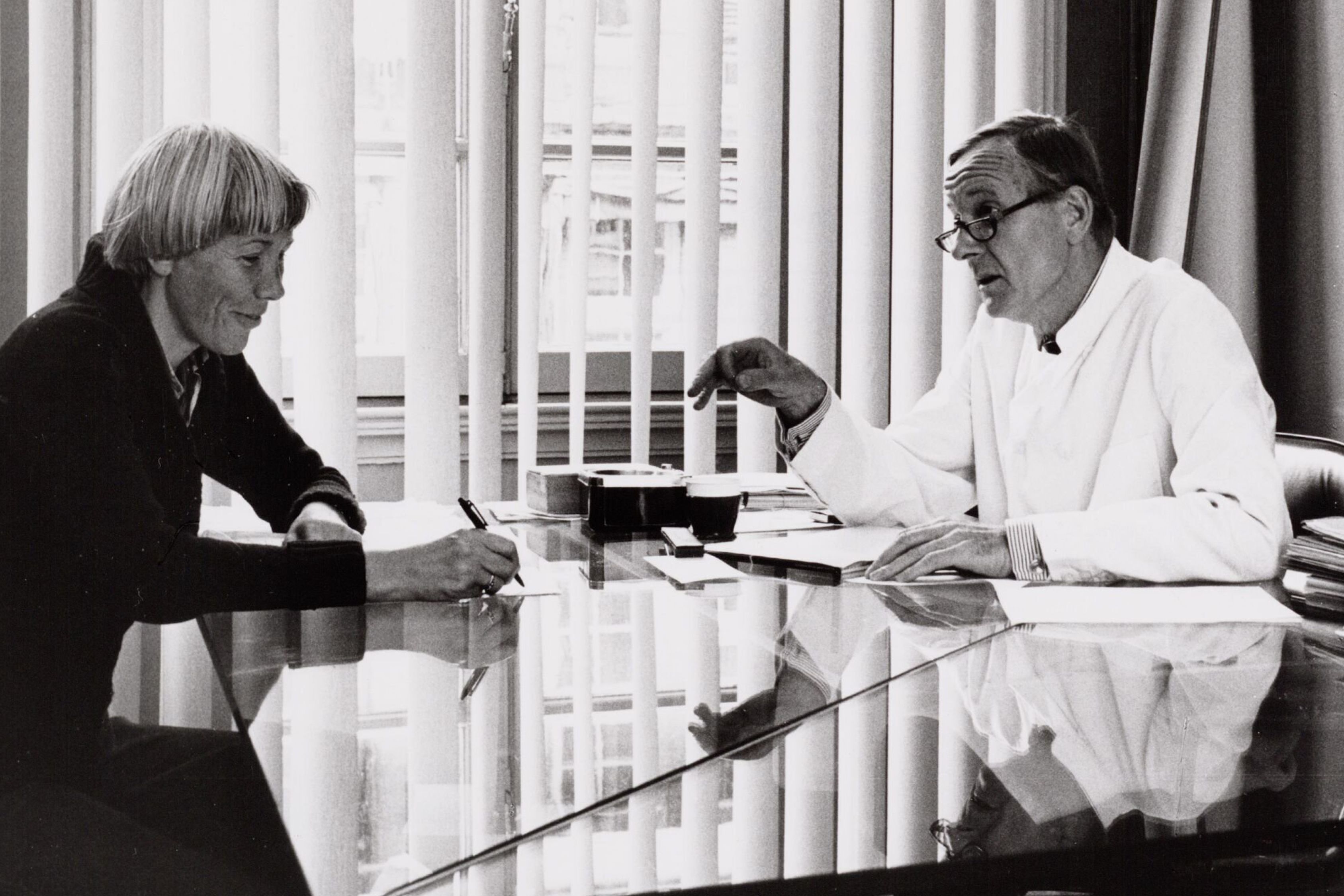
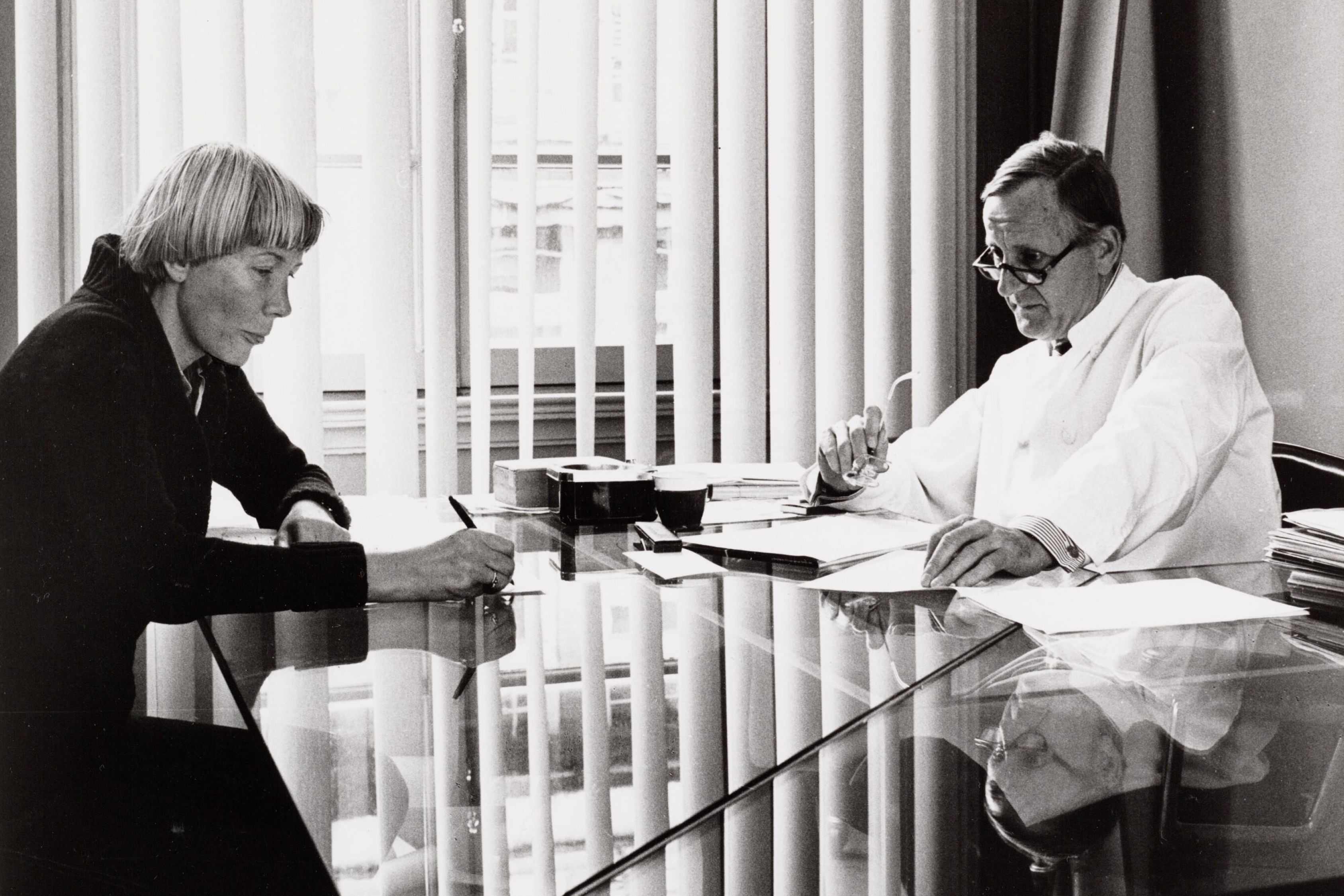
Retired sports physician
“Watching slides of people who had been run over by trams—how could they show that to 18-year-olds? I walked out of the lecture hall.”
Els Stolk
Former head of surgical administration
“Brummelkamp seemed to enjoy asking the slide technician after each class how many students had fainted this time.”
Helma Stockmann
Coronation Riots (1980)
During the 1980 Coronation Riots, fierce clashes broke out between riot police, demonstrators, and rioters. Celebrations for Queen Beatrix’s coronation were overshadowed by intense protests under the slogan "No housing, no coronation."
Stones flew across nearby Rokin and throughout the city center. Police used batons and tear gas to disperse crowds. The influx of injured people at the Binnengasthuis ER was overwhelming.
Former head of surgical administration
“There were so many wounded that we ran out of all suturing material.”
Helma Stockmann
Former head of surgical administration
“There were so many wounded that we ran out of all suturing material.”
Helma Stockmann
Near Queen Wilhelmina’s equestrian statue, a youth orchestra and a majorette group got caught in the chaos. As a street battle erupted, terrified children were pushed toward Langebrugsteeg. Police escorted them to the Binnengasthuis for safety.
Former head of surgical administration
“The children were very upset and were treated to lemonade in the lecture hall. Later, they performed in the courtyard to help release the tension.”
Helma Stockmann
Former head nurse, ER
“Through clouds of smoke, a marching band with majorettes fled to our courtyard. There, they gave a sweet little concert. Patients, nurses, and doctors watched from the balconies while outside, in Doelenstraat, it was like a war zone.”
Anne Jansema
Former head nurse, ER
“At the end of the long day in the ER, we couldn’t go home. There was so much fighting. The GGD drove in front with the ambulance as a buffer.”
Anne Jansema
Former head nurse, ER
“They threw everything—even at the ambulance. It was terrifying. I stayed close behind in my car, and that’s how we made it out.”
Anne Jansema
Watch more episodes in the series
From Hospital to University Library
Archeological site
The façade screen
The building history
The Residents
© Universiteit van Amsterdam
With thanks to the students and lecturers of Public History at the University of Amsterdam.
Photo’s: City Archives Amsterdam (photographer: Ino Roël)












